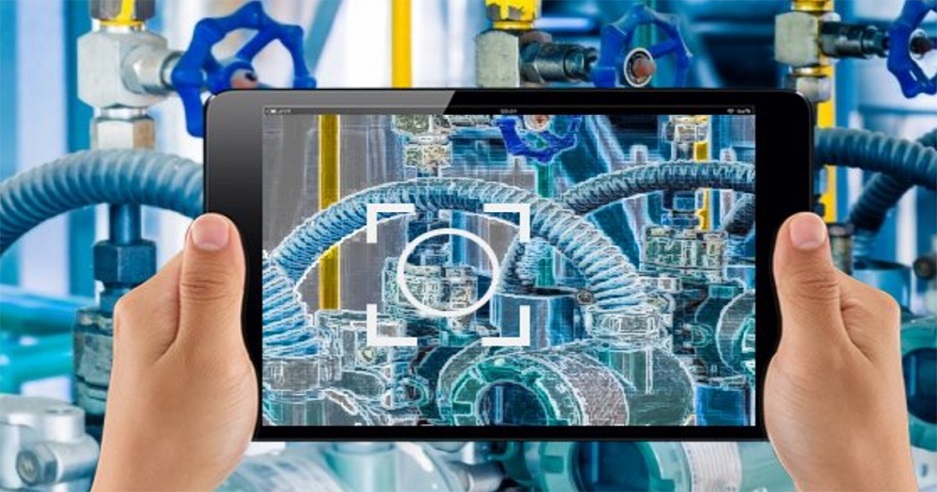


Augmented Reality (AR) and Virtual Reality (VR) solutions refer to the development and implementation of technologies that overlay digital content onto the real world (AR) or create immersive virtual environments (VR) for various applications and industries.
a. AR in Retail: AR can be used to offer virtual try-ons of products like clothing, accessories, and cosmetics, enabling customers to visualize items before making a purchase.
b. AR in Education: AR enhances learning experiences by providing interactive and immersive content, such as 3D models and animations, to aid in understanding complex subjects.
c. AR in Navigation: AR-based navigation apps overlay directions and points of interest onto real-world views, helping users navigate unfamiliar areas.
d. AR in Healthcare: AR solutions can assist medical professionals during surgery by displaying vital information and visualizations in real-time.
e. AR in Gaming: AR gaming applications combine digital elements with the real world, creating interactive and location-based gaming experiences.
a. VR in Training and Simulation: VR is used to provide realistic training scenarios for pilots, surgeons, military personnel, and other professionals.
b. VR in Entertainment: VR gaming offers highly immersive and interactive experiences, allowing players to feel part of the virtual world.
c. VR in Architecture and Design: VR helps architects and designers visualize and experience their creations before actual construction.
d. VR in Therapy and Healthcare: VR therapy is used to treat phobias, post-traumatic stress disorder (PTSD), and pain management.
e. VR in Virtual Tourism: VR enables users to explore remote destinations and tourist attractions from the comfort of their homes.
Both AR and VR solutions have the potential to revolutionize various industries, creating new opportunities for businesses to engage customers, improve training and learning experiences, and enhance decision-making processes. As technology advances, the adoption of AR and VR solutions is expected to grow, leading to further innovation and integration into everyday life.
© Copyright 2024 All Rights Reserved